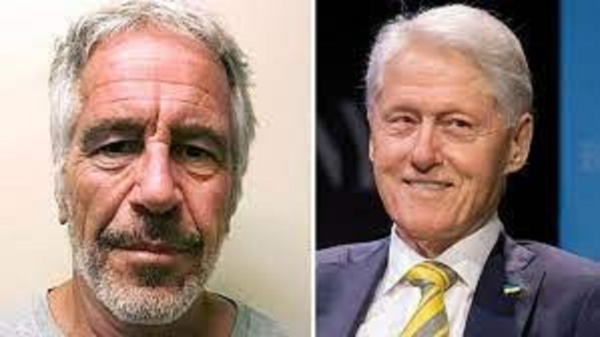A scientist is claiming that he was able to recover deleted data that shows COVID may have been around before the Wuhan wet market allegedly spread the disease.
Dr. Jesse Bloom, a scientist affiliated with the University of Washington, claims he recovered deleted sequences that resemble the bat virus as he experimented with the sequences. If he is right, those samples predated the Chinese explanation that the virus started in their wet market.
It raises the possibility that the Chinese have not been transparent. The thing I thought was interesting is that the NIH, headed by Fauci had all of that information but had deleted it probably at China’s email request, which the NIH always honors. Bloom says he was able to recover information on 34 viruses that are similar to COVID-19.
Both progenitors suggest #SARSCoV2 was circulating in Wuhan before December outbreak at Huanan Seafood Market, which is corroborated by lots of other evidence, including news articles from China in early 2020 (see intro to my paper linked in first Tweet in this thread). (15/n)
— Bloom Lab (@jbloom_lab) June 22, 2021
Earlier reports have suggested that initial genetic sequences of COVID-19 were deleted or otherwise hidden from World Health Organization (WHO). The NIH removed the data from it’s data bank after receiving a request from China to do so.
Scientists had long been puzzled by the fact that early examples of the virus were dissimilar to natural bat coronaviruses than were discovered in later sequences.
It should have been the other way around. The early sequences should have had the closest resemblance to those found in nature. Bloom’s discovery would certainly explain why this was the case.
A short addendum to my pre-print on early Wuhan #SARSCoV2 sequences deleted from the Sequence Read Archive (https://t.co/PL3YAC7aiA), courtesy of an anonymous Twitter user. (1/n)
— Bloom Lab (@jbloom_lab) June 23, 2021
Those who argue for the lab-leak theory have pointed out that the deletion of these sequences was possible evidence of a coverup. Bloom highlights that not only were they deleted from the NIH database, but the project was also removed from the China National GeneBank shortly after its removal from the NIH archive.
The discovery also suggests that more untapped data may still be out there for scientists to analyze in order to identify the origin of COVID-19. The Biden administration recently ordered U.S. intelligence officials to investigate previously unanalyzed data troves that could shed light on the origin of the pandemic.
The WHO claimed it was content with accepting China’s explanation for not having the data. The investigators did not get early case data, early virus sequences or patient samples.










